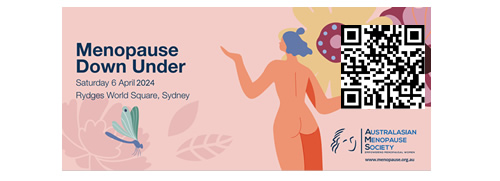A study by researchers at the University of Geneva concludes that prevalent ankle fractures should be considered as osteoporotic fractures and taken into account in fracture-risk assessment.
The research was presented at the World Congress on Osteoporosis, Osteoarthritis and Musculoskeletal Diseases in Seville, Spain.
After vertebral fractures, ankle fractures are among the most common fractures in adults. The objective of this study was to investigate the association between bone microstructure in women at the age of 65 and prevalent ankle fracture.
The study evaluated 749 women aged 65.0±1.4 (x±SD) years, with or without prevalent ankle or forearm fracture. Researchers determined distal radius cortical and trabecular bone microstructure by HR-pQCT, together with areal BMD (aBMD) by DXA. Dietary protein and calcium intakes, and physical activity were evaluated by questionnaires.
Prevalent ankle and forearm fractures (both having occurred after the age of 20) were found in 8.0% and 7.8% of the women, respectively. As compared with women without prevalent fracture, and after adjustment for height, weight, dietary intakes and physical activity, postmenopausal women with prevalent ankle fractures, had lower aBMD (spine: −7.7 %, femoral neck: −6.4 %, distal third radius: −4.1 %), and lower distal radius total volumetric BMD (−7.9 %), cortical thickness (−7 %) and bone volume (BV/TV) (−10.9 %). There was no statistically significant difference in aBMD between women with prevalent ankle and forearm fracture.
Dr Emmanuel Biver MD, Department of Bone Diseases, University Hospital of Geneva, stated, "These results show lower aBMD and altered bone microstructure in postmenopausal women with prevalent ankle or forearm fracture. This suggests that ankle fractures, like forearm fractures, should be considered in the category of osteoporotic fractures and taken into account in risk assessment for secondary fracture prevention."
Secondary fracture prevention is a key focus of IOF's global campaign 'Capture the Fracture' which seeks to promote the implementation of coordinator-based fracture liaison services in hospitals and clinics worldwide.
Reference
OC37 Ankle fractures are associated with low areal BMD and bone microstructural alterations in postmenopausal women E. Biver, C. Durosier, T. Chevalley, F. Herrmann, S. Ferrari, R. Rizzoli Osteoporos Int. Vol 25, Suppl. 2, 2014
Content updated 15 April 2014






